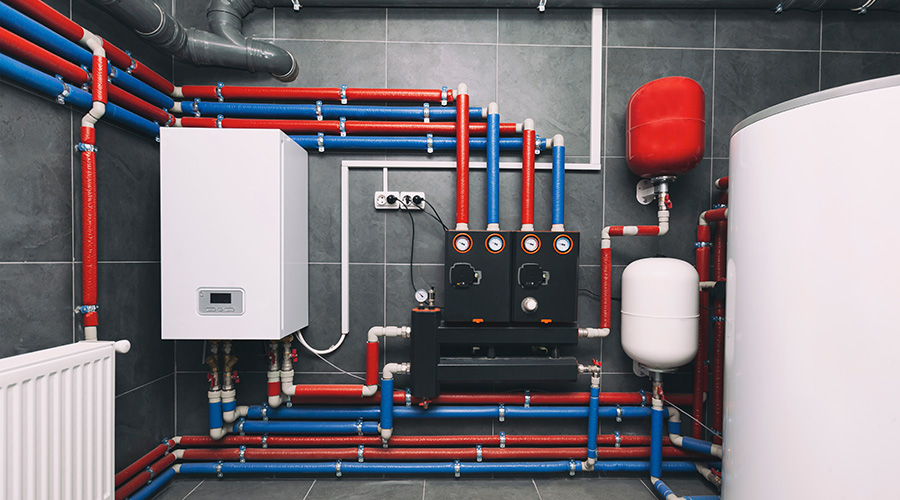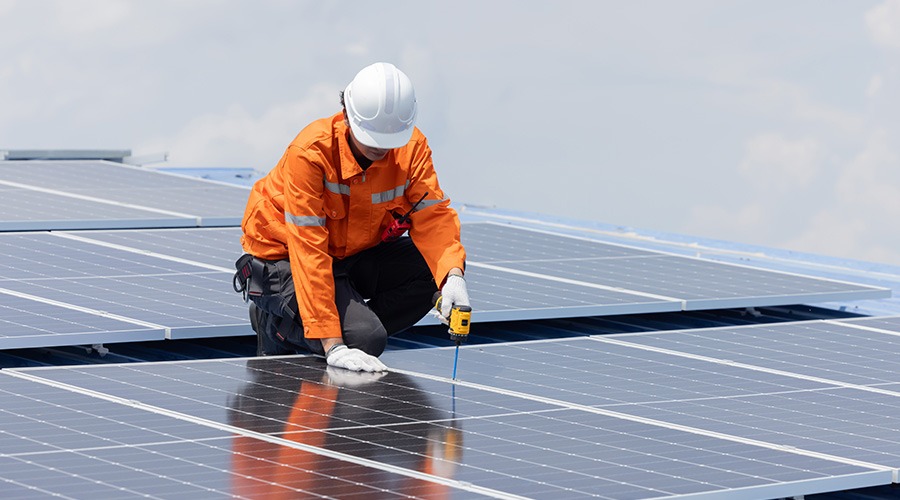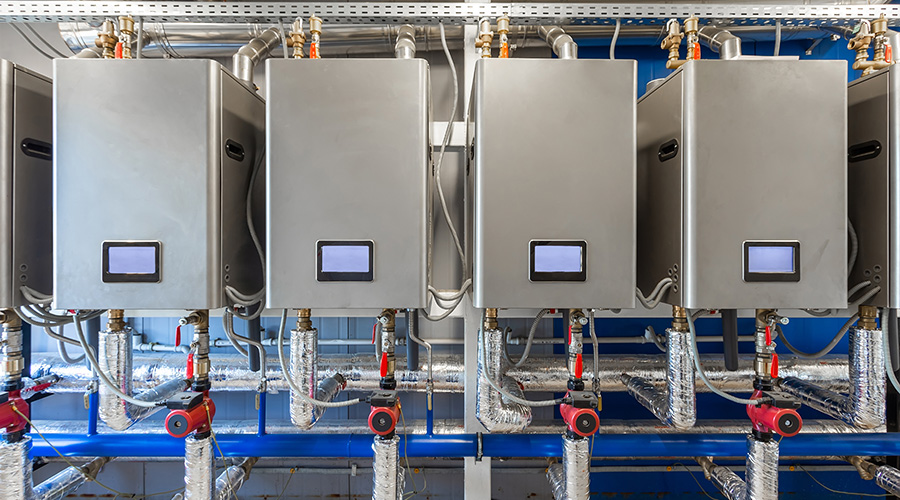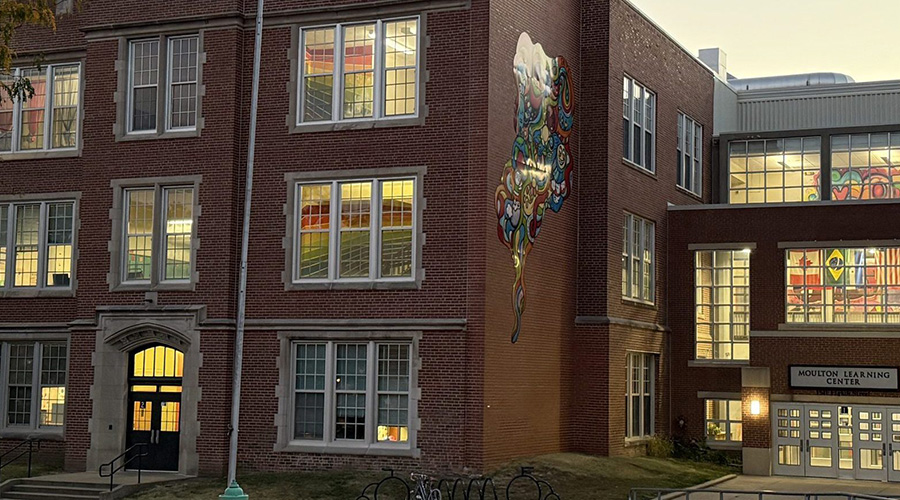Temporary HVAC Equipment: The Rent-or-Buy Decision
Depending on the facility and the particular application, managers have the option of buying standby equipment or arranging for its rental on short notice.
Managers can purchase certain pieces of equipment — such as portable spot-cooling systems technicians can easily move among locations — and store them on-site. Purchasing equipment makes economic sense if the department will use the equipment throughout the building and if the frequency of use can justify the purchase cost.
Renting makes more sense for larger equipment that departments use less frequently. The key here is to set up the rental agreement ahead of time. In addition to identifying the needed equipment, the agreement also must spell out the availability of the equipment and how soon it would be delivered to the site.
Partnering with an equipment supplier for rental provides managers with the quickest turnaround time for the delivery and installation of temporary equipment. Having equipment specifications on file with the supplier ahead of time can ensure delivery and installation of the required equipment with minimal delay. By preparing the facility for a temporary system, managers can minimize installation time and costs, as well as disruptions.
Related Topics:
















